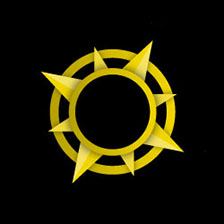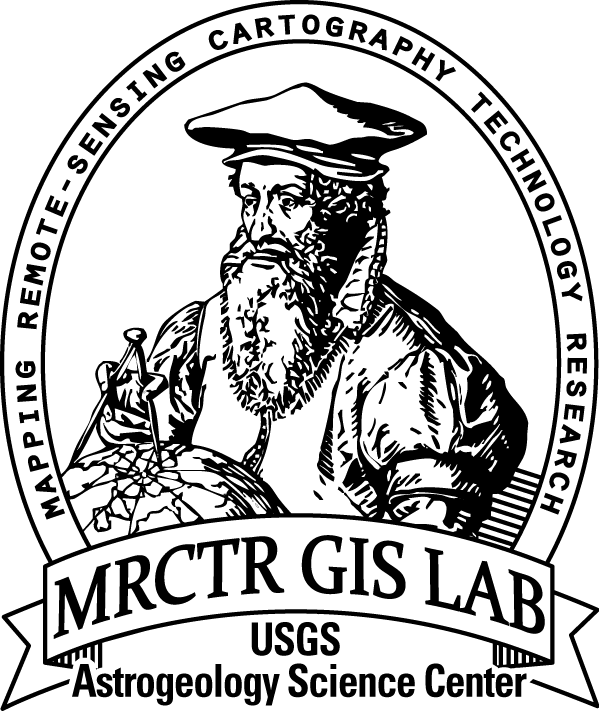Five Lunar Orbiter missions were launched in 1966 and 1967 to study the Moon. The first three missions were devoted to mapping potential lunar landing sites. The fourth and fifth missions were intended for broader scientific goals. Lunar Orbiter 4 photographed the near-side and 95% of the far-side of the Moon. Lunar Orbiter 5 completed the photography of the far-side and collected medium- and high- resolution imagery of 36 preselected regions.
Lunar Orbiter (LO) images were photographic products acquired on the spacecraft during those five missions (LO-I through -V). Each LO exposure resulted in two photographs - those recorded by the 80-mm focal-length lens are referred to as medium-resolution frames; and those recorded by the 610-mm focal length lens are referred to as high-resolution frames. The full LO dataset consists of 967 medium resolution (MR) and 983 high resolution (HR) frames. Due to their large size, HR frames have traditionally been divided into three sections (referred to as sub-frames).
Prior to being placed onboard the spacecraft, the photographic film was exposed with strip numbers, a nine-level grayscale bar, resolving power chart, and reseau marks. The original photograph was scanned into a series of strips onboard the spacecraft and then transmitted to Earth as analog data. Photographic prints from these film strips were hand mosaicked into sub-frame (for HR data) and full-frame (for MR data) views and widely distributed. The resulting outstanding views were of generally very high spatial resolution (e.g., ~1 to 1000 m, depending on the mission) and covered a substantial portion of the lunar surface. However, these products contained anomalies such as "venetian blind" striping, missing or duplicated data, and frequent saturation effects that hampered their use.














